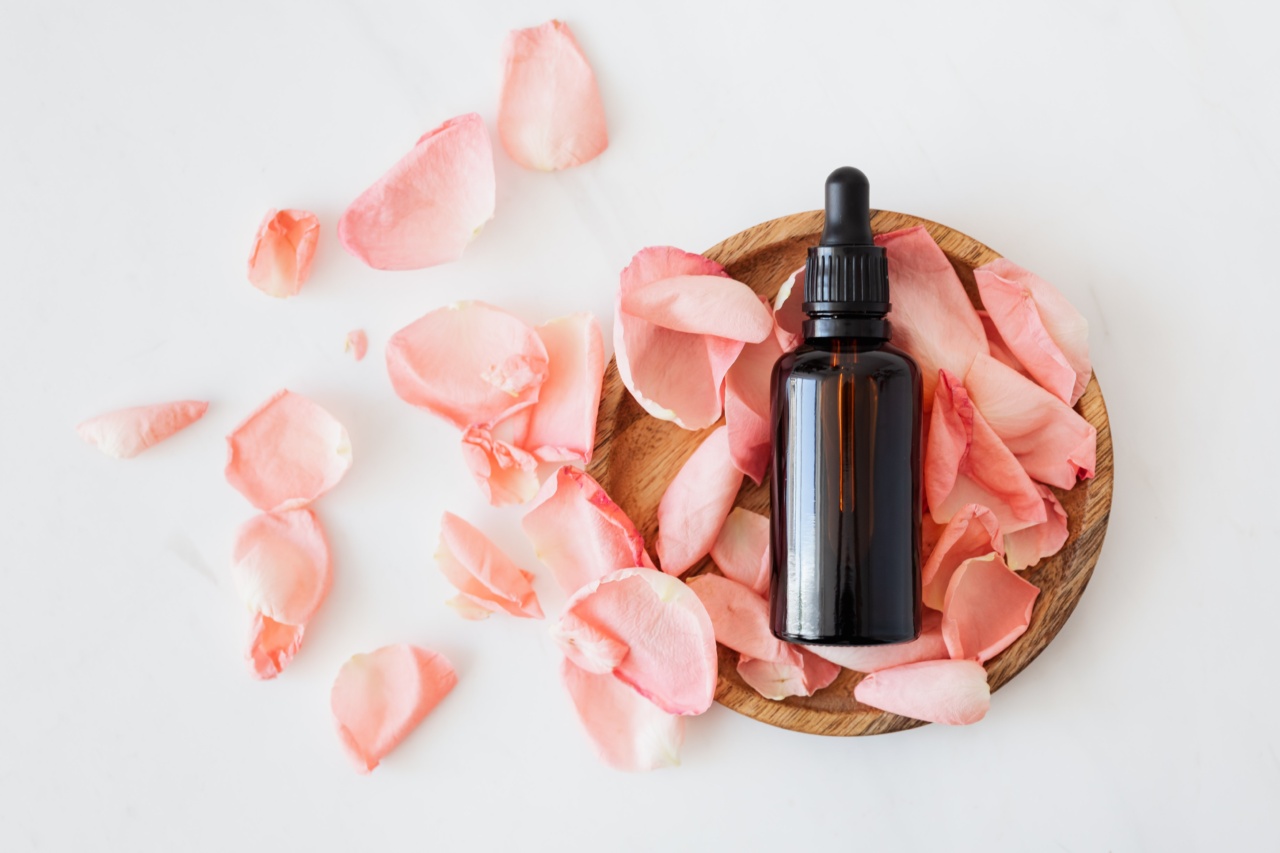Essential oils have gained popularity in recent years for their numerous health benefits and aromatic properties.
However, with their rising demand, the market has become flooded with various brands and suppliers, making it increasingly important to ensure the quality and purity of the essential oils you purchase. One common issue in the industry is the dilution of essential oils, where oils are stretched or adulterated with carrier oils or other substances.
This article will provide you with useful tips on how to identify diluted essential oils and make informed choices when buying these precious natural substances.
1. Research the Company
When purchasing essential oils, it is essential to research the company or supplier before making a purchase. Look for companies that have a good reputation, positive customer reviews, and a commitment to quality.
Reputable companies often provide information about their sourcing and manufacturing processes, giving you peace of mind about the quality of their products.
2. Read the Label
Always read the label of an essential oil bottle before purchasing.
Look for phrases like “100% pure,” “therapeutic grade,” or “certified organic.” These labels indicate that the essential oil has undergone proper testing and meets certain quality standards. Be cautious of oils that do not provide clear information or have vague labels, as these may indicate diluted or adulterated oils.
3. Check for Certifications
Look for essential oil brands that have certifications from reputable organizations.
Certifications from organizations like the National Association for Holistic Aromatherapy (NAHA) or the International Organization for Standardization (ISO) indicate that the oils have been tested for purity and meet specific standards. These certifications provide an added level of assurance regarding the quality and authenticity of the essential oils you are purchasing.
4. Assess the Price
While it’s true that high-quality essential oils can be slightly more expensive, extremely low prices should raise a red flag. If the price seems too good to be true, it probably is.
Diluted or adulterated oils are often cheaper because they contain less of the pure essential oil and more of the carrier oil or other fillers. Be willing to invest a little more money for oils of better quality.
5. Perform the Oil Solubility Test
An effective way to identify diluted essential oils is by performing a simple oil solubility test. Fill a small, clear glass with water and add a drop of the essential oil to it.
Pure essential oils are insoluble in water, so they will float as small droplets on the surface of the water. If the oil quickly dissipates or leaves a greasy film on the surface, it likely contains a carrier oil or has been diluted.
6. Conduct the Tissue Paper Test
The tissue paper test is another quick and easy way to check the purity of an essential oil. Place a drop of the oil on a white tissue paper or a blotting paper. Pure essential oils should evaporate quickly, leaving behind no residue or oily stain.
If the oil leaves a residue or stain, it may be diluted or contain a carrier oil.
7. Evaluate the Aroma
Pure essential oils have a potent and distinct aroma. Diluted oils often have a weaker scent or may smell off in comparison to their pure counterparts.
Familiarize yourself with the aroma of undiluted essential oils by purchasing from reputable sources and comparing scents. Trust your nose and be wary of oils that lack the characteristic aroma of pure essential oils.
8. Seek Third-Party Testing
Credible essential oil companies often conduct or provide third-party testing results for their oils. These tests are performed by independent laboratories and can verify the purity and quality of the oils.
Look for companies that openly share their test reports and ensure that the tests cover aspects such as purity, potency, and the absence of contaminants.
9. Educate Yourself on Authentic Packaging
Knowledge of authentic packaging can help you identify diluted essential oils. Reputable brands typically use dark glass bottles to protect the oils from sunlight and UV rays, as exposure to light can degrade the quality of essential oils.
The lid or top of the bottle should also have a dropper or reducer, allowing you to control the quantity of oil dispensed. Diluted oils may be packaged in clear or low-quality bottles with inadequate caps or lids.
10. Trust Your Intuition
Lastly, trust your intuition when buying essential oils. If something feels off about the brand, supplier, or product, it is preferable to err on the side of caution and explore other options.
Developing a relationship with reputable suppliers and brands that prioritize quality and transparency will ensure that you consistently receive high-quality essential oils.






























